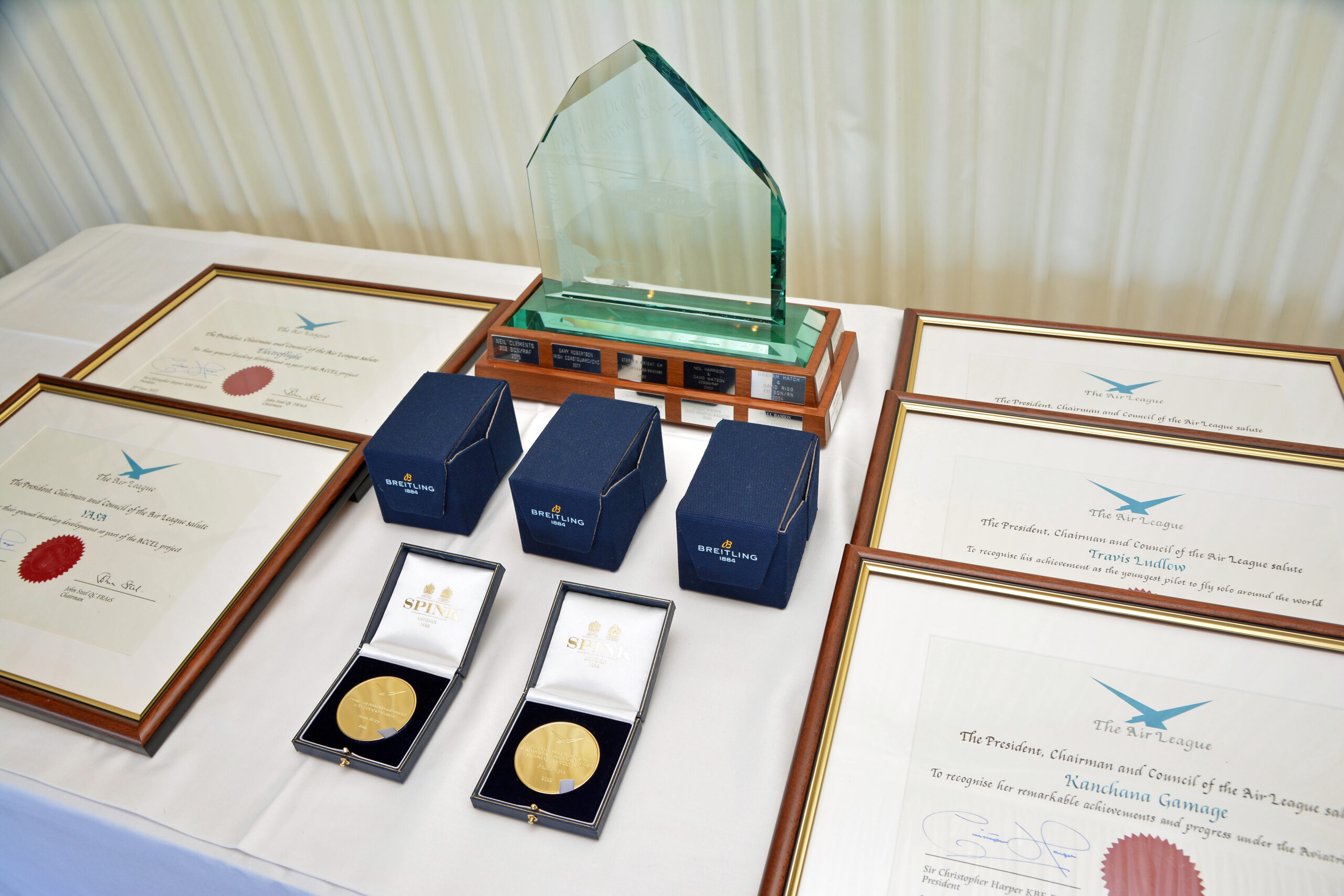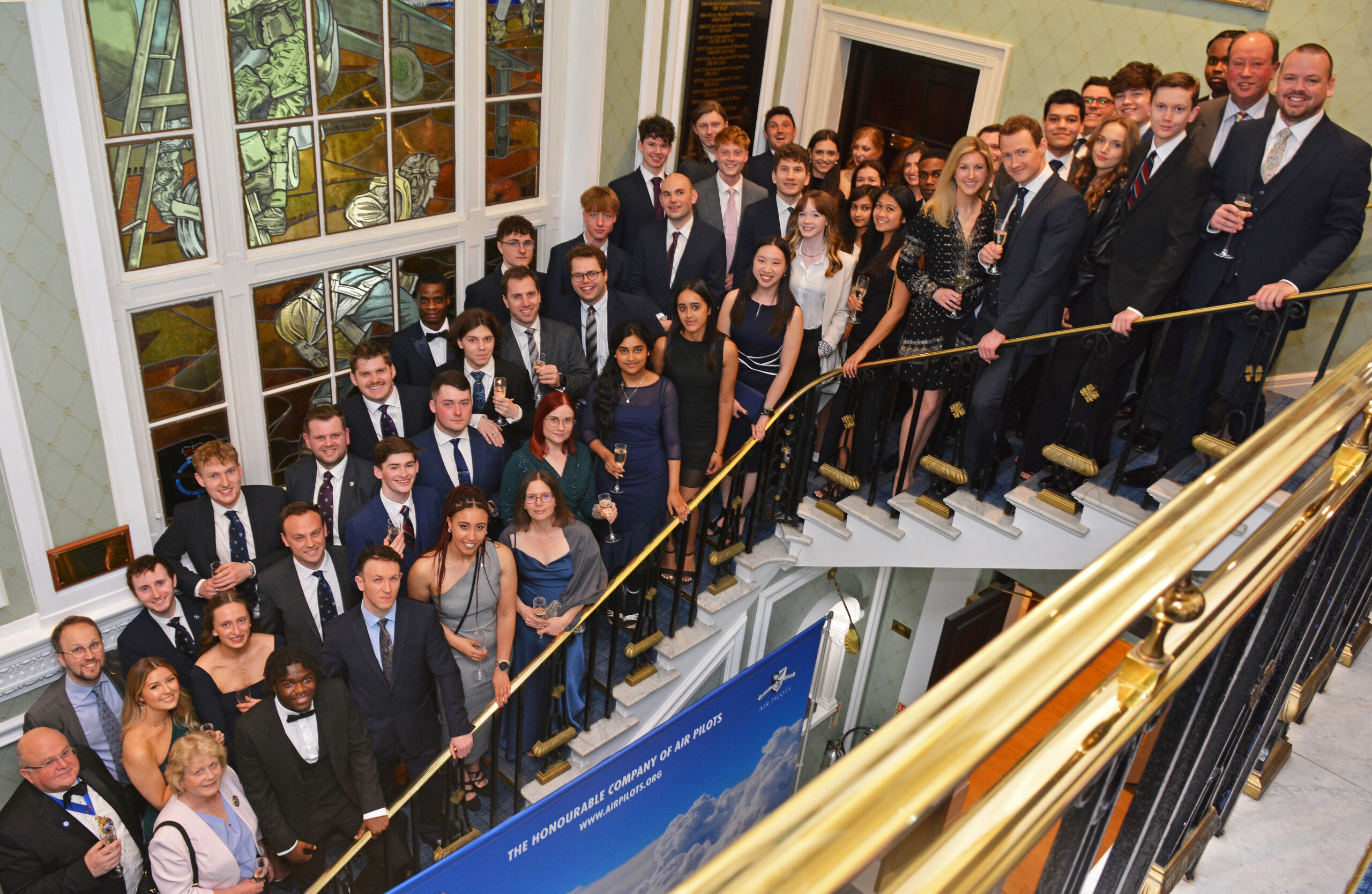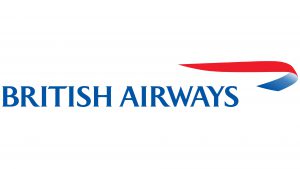This year’s annual Slessor Lecture took place in the House of Commons Strangers’ Dining Room on 28 February, hosted by Sir Gerald Howarth MP and sponsored by Raytheon and L-3. The subject of the lecture was current Royal Air Force operations involved in Operation Shader, the official title of air activities over Iraq and Syria. The lecture was given by two RAF Station Commanders whose squadrons are at the heart of active operations in theatre. Group Captain Mike Baulkwill is Commanding Officer RAF Coningsby and Group Captain Al Marshall is Commanding Officer RAF Waddington.
In his introductory remarks, Sir Gerald pointed out that the RAF had so far carried out over 3,200 sorties under Operation Shader and this was the second largest contribution to coalition air operations after the USA. The RAF was not only taking part in combat missions but providing a significant share of other surveillance and communications tasks, as was about to be described by the two uniformed guest speakers.
The guests attending the event included members of both Houses of Parliament, industry representatives and Air League members, including Matthew Wong, Chairman of the Leading Edge group of young Air League members. Although many present were familiar with the RAF’s aircraft fleet and what it does in general terms, the meeting provided an opportunity for many to hear first-hand how the service was continuing to adapt to changing demands in an uncertain world. The lecture was up-beat and optimistic in tone while underlining just how busy operations were, which in turn meant that everyone had to remain at a high level of preparedness which meant training and support standards had to be maintained at the highest levels. With limited aircraft and human assets now available, with little in reserve, for such a diverse range of commitments it was essential to keep aircraft availability at a high level and to ensure that pressures on manpower were manageable. There was no doubt that the RAF now has an impressive range of aircraft, weapons and systems in service, though many attendees remain concerned that in terms of numbers, there is a need to re-build combat strength in particular.
Gp Capt Baulkwill reminded the audience of the most important aspects of air power, which he pointed out had not changed since the days of Slessor. He said that control of the air guarantees freedom of movement on the ground and maritime environment as well as in the air. For the UK, air power enables military influence to be exerted where needed in the national interest or as part of a joint operation with allies and partners. Apart from combat air assets air power also required supporting Intelligence, Surveillance and Reconnaissance (ISR) assets and also transport aircraft for mobility. In Iraq there were multiple factions on the ground, some allied to each other, some fighting each other, and in time these dynamics have often changed from region to region. On top of these factors, there were over 60 other participants involved in providing differing levels of coalition involvement on the side of the Iraqi government and/or against Daesh. Major coalition partners providing integrated air power resources were the USA, UK, Australia and France. Over Syria there was also a coalition focus on air power and here, as in Iraq it had made a significant difference, with ISR assets providing continuous intelligence on ground movements by hostile elements. The high profile operations by Russian and Syrian air force aircraft added more operational challenges to avoid conflicting air movements. Airborne assets, including the RAF’s Sentinels and Rivet Joint Electronic Intelligence platforms were particularly effective in observing Daesh movements, and patterns of activity, providing accurate information which allowed attacks to be made on identified targets with minimal collateral damage. RAF Tornado and Typhoon combat aircraft were detached to RAF Akrotiri in Cyprus, which once again proved to be a vital strategic forward air base for operations throughout the Middle East. Attack weapons included Paveway 4 precision-guided bombs and Brimstone and Hellfire air-to-ground missiles. Reaper unmanned aircraft have been flying missions continuously since 2014 carrying out surveillance and close air support tasking and precision strike missions using US-supplied bombs and Hellfire missiles. In due course they will be replaced by next generation Protector UAVs, which are based on the Reaper but add the ability to also fly in controlled UK air space and should be able to carry Paveway 4 and Brimstone, unlike present Reapers. The Tornados and Typhoons are supported by Voyager aerial refueling tankers, which also refuel other coalition aircraft. C-17, A400M and C-130J military transports are also involved in providing support throughout the region.
Gp Capt Marshall explained how the RAF was exploiting its ISR air assets to the maximum. In addition to intelligence gathering and monitoring of hostile and other coalition movements on the ground and in the air it provided damage assessments and timely and accurate information for commanders to take well-informed decisions. The nature of the ground war could produce conflicting and confusing information but the integrated and fused data obtained from multiple sources including specialist airborne aircraft, and even the internet, enabled all attack missions to be directed against appropriate targets, often at short notice. The RAF’s ageing E3A Sentry AWACS can remain on station typically for 10-12 hours. Other airborne command and control air assets are provided by AWACS flown by the USAF and French Air Force and by Australian E-7A Wedgetails. The Gp Capt said that typically up to 10 aircraft might be flying over or near Mosul at once, from many different air forces, so the command and control challenge was considerable and continuous. The RAF Sentinels could fly 10 hour missions at around 40,000ft providing detailed aerial radar mapping, recording and tracking all ground movements, making it easier to see and recognize unusual activities or regular patterns, such as supply routes or rendezvous locations. Communications monitoring often provided confirmation of hostile intent allowing targets to be eliminated in advance of carrying out their attacks.
Looking forward, the 2015 SDSR review promised two more Typhoon squadrons and the first two F-35B Joint Strike Fighter squadrons, but by the end of 2019 all three remaining operational Tornado GR4 squadrons will have been withdrawn, and the F-35Bs are not expected to achieve full capability until at least 2023. A priority for them will also be for deployment aboard the new aircraft carriers, and so it looks as if the RAF will not fully replace its current Tornado GR4 capability for some time, as the current Storm Shadow and Brimstone missiles are still to be integrated onto the Typhoon FGR4, and the very capable Raptor surveillance pods cannot be carried by Typhoon and so will not be replaced. The speakers both conveyed great optimism regarding the future re-equipping of the RAF with new aircraft and missiles, but there must remain some disquiet over the continuing shortages of skilled personnel as well as aircraft numbers, which are still likely to be over-stretched well into the next decade.
Tornados have provided the RAF with its main attack capability for over 40 years but it will be a hard act to follow. F-35Bs are destined to become the major next-generation combat air asset for the RAF, but so far only sufficient aircraft have been ordered for two squadrons, and at least one will be needed aboard the at-sea aircraft carrier. The Rivet Joints, flown by the RAF in close association with the USAF, provide an ELINT capability on a scale that no other Western air forces can provide. Typhoons have shown that they are equally capable of attack as well as air superiority missions.














































